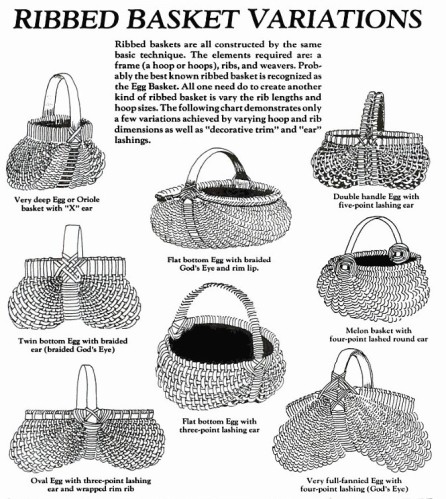Value, price, and the market
Sunday we participated in the “Affair on the Square” Art show in the charming square of historic Medina, Ohio. The gazebo at the center of the square harkens back to the ginger-brick work of a classic Victorian structure. And the park itself is designed as spokes of a wheels with paths that run from the gazebo to the outer sidewalk of the plot of land. And Sunday we joined the volume of vendors who came to sell their wares.
Among the many tents was a woman who created lovely sewed purses, and button and ribbon brooches… and as almost an after thought she had a shelf filled with amazing, well executed Appalachian style willow baskets. I hesitated looking because the price is generally expensive, but my eye locked on one of her price tags…. and it was not. I began looking and her baskets were priced at least 1/3 of the price of what they should be. If you know me, you know that this drives a conversation… and it sounded a bit like this:
Me: Are these your actual prices?
Her: Yes, why
Me: I was wondering why the prices are so low. What makes you price them so cheaply?
Her: I just want to sell them.
Me: How is that working for you? Are you selling many?
Her: No, not really. In fact i have sold nothing today.
Me: So can i ask you why you don;t raise the price?
Her: I will never sell them if i raise my price.
Me: Have you considered that you might not be in the right place for your market? Have you considered raising the price of your baskets to a more correct price?
Her: Huh? No, i want to sell my baskets and yes, i know the prices are too low, but i can;t compete with the baskets made in asia that flood the markets.
Me: Can i ask you an honest question?
Her: sure… go ahead
Me: Your work is spectacular, well done, precise. Don;t you value your skills?
Her: (with quite a touch of anger) Why YES I VALUE MY WORK SKILLS!
Me: Show it with your prices. you may not sell much at this market, but the doors might open for better options, and buyers that know and value the hard work you put into these magnificent baskets.
Her: OK, yes, i hear you.
Here are the factors that she would or did not consider:
- Time spent – preparing, weaving, finishing, marketing, selling
- Experience, and expertise with the medium
- Knowledge of the history of basket making
- Form – form that is highly functional, and classical
- Public Perception
And here is what i tried to help her understand:
- Your product is only one portion of the brand image you are creating. Your work expresses a message, which should be carried out in how you interact, how you present your work, and what you believe of your product. – Are you cheerful, and fully believe that your work has purpose, will engage the world in some manner.
- Your price is a reflection of your belief in your work, and in yourself. The world will value you and your work only as much as you value yourself and your work. Price must always consider the effort, the skills, the time as well as the actual raw materials. I can tell you that in my first year of selling my shibori silk I made the mistake of not charging enough, thinking i was doing a favor to my customers. In reality I was reducing my customer base because they did not understand why such work would be so inexpensive.
- Your attitude – How you present yourself should be as important as how well you present your work. In fact the human factor is often more winsome than the work that is displayed. People often develop a speedy impression of the person and determine long before they assess the work that they like or dislike the artist. As someone once said “When choosing an attitude pick a good one”
- Your presentation – Is your work displayed well, or randomly flopped on a table? Have you thought of creating a mood with your display? What impression do you wish to create?
One final thought – Actions and views of one artist regarding price, and market of their products impacts everyone around them. At the Medina event last sunday there were a significant portion of vendors with low prices that set a tone for how the buying public viewed the entire body of work. In our case there were soap vendors that were selling their bars of soap for $3.00 a bar. Honestly we don’t understand how they could break even with that pricing… considering materials, time and labor, and the sundry costs like wrapping and labeling, and the fee to be sitting in that park for the day. I plan to write a post on how to hold your own when the market is disrupted by underselling in the near future.
But to summarize, if you make wonderful things remember that your price says way more than you might imagine about the work itself. In our day a vast majority of the buying public does not always understand price. Often they filter the world through Walmart prices, not realizing the craftsmanship and artistic skills, and limited quantity produces. Something like Appalachian hand woven baskets are something that takes time and practice to get right…. and they maintain a sense of history of our past, and the practical need for such holding the contents of harvesting the garden, the chicken coop, or the forest. And the entire package demands greater value.


You must be logged in to post a comment.